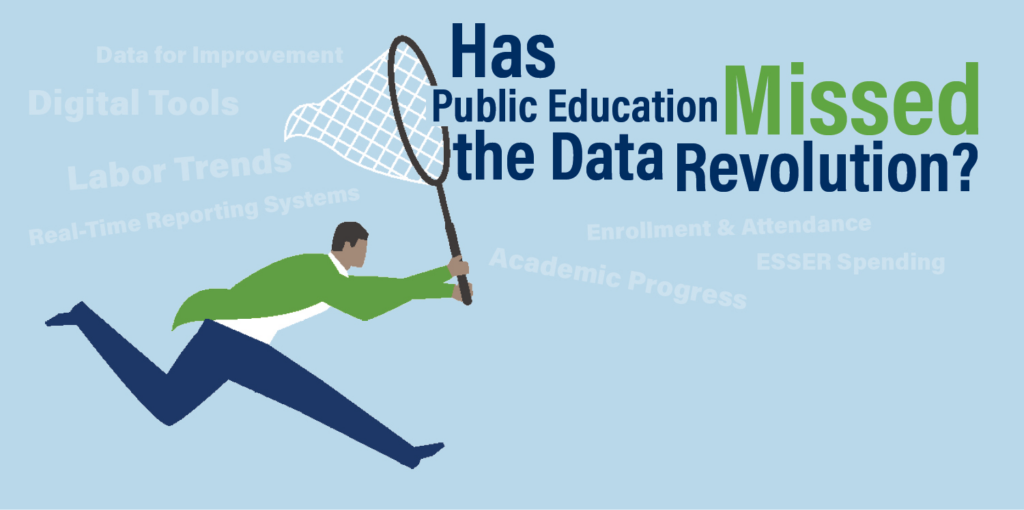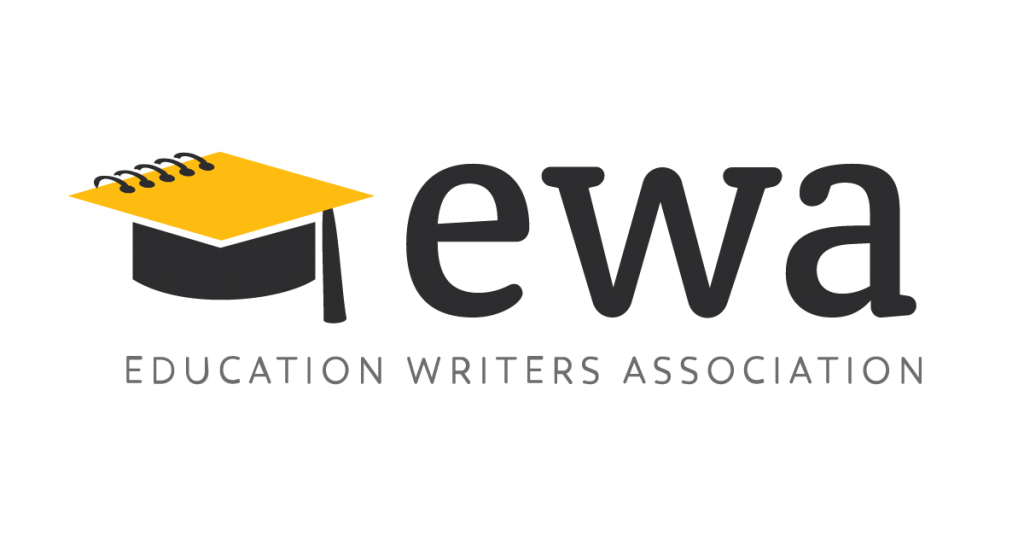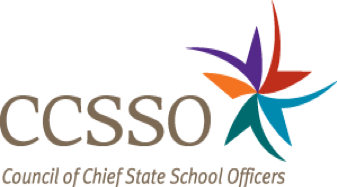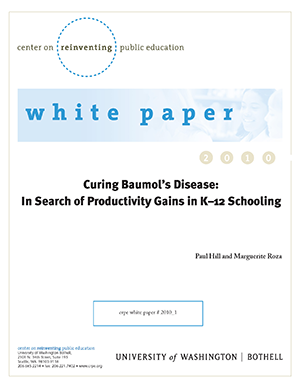Can vendors help our schools?
Optimism around the ed vendor space is running high.
Public Education Missed the Data Revolution. It’s Time to Catch Up

Data-free schooling means the system can’t learn as it goes and improve on what it does. It means students aren’t getting the full value from the nation’s investment in public schooling, write Marguerite Roza and Chad Aldeman. What can be done to chip away at this data desert?
The Big Bet on Adding Staff to Improve Schools Is Breaking the Bank

By going all-in on staffing, we’ve crowded out other potential investments that can positively impact student learning. In this paper, Marguerite Roza writes that competing strategies should be viewed through the lens of which can do the most for students with the limited dollars at hand.
School-level spending: Financial transparency coming to every community in 2018

At the Education Writers Association National Seminar on June 2nd, hosted at Georgetown University in Washington, D.C., Marguerite Roza presented on new school spending reports emerging under the federal ESSA financial transparency requirement.
Building SEA Productivity

In this presentation state education chiefs heard about a basic framework for leading the productivity challenge that includes building a productivity data infrastructure, prioritizing flexibility, aligning funds with students, incentivizing innovation, and leading the change.
Innovating Toward Sustainability: How Computer Labs Can Enable New Staffing Structures, and New Savings

Using wage and staffing data from states, authors project the financial and staffing implications of one innovative school model (the Rocketship lab rotation) to highlight potential impacts on the schooling workforce and total per-student spending.
Curing Baumol’s Disease: In Search of Productivity Gains in Public Education

The authors discuss several areas in which labor-intensive businesses have improved productivity, but are absent in education. They conclude with a five-step agenda for finding the cure for Baumol’s disease in public education.

